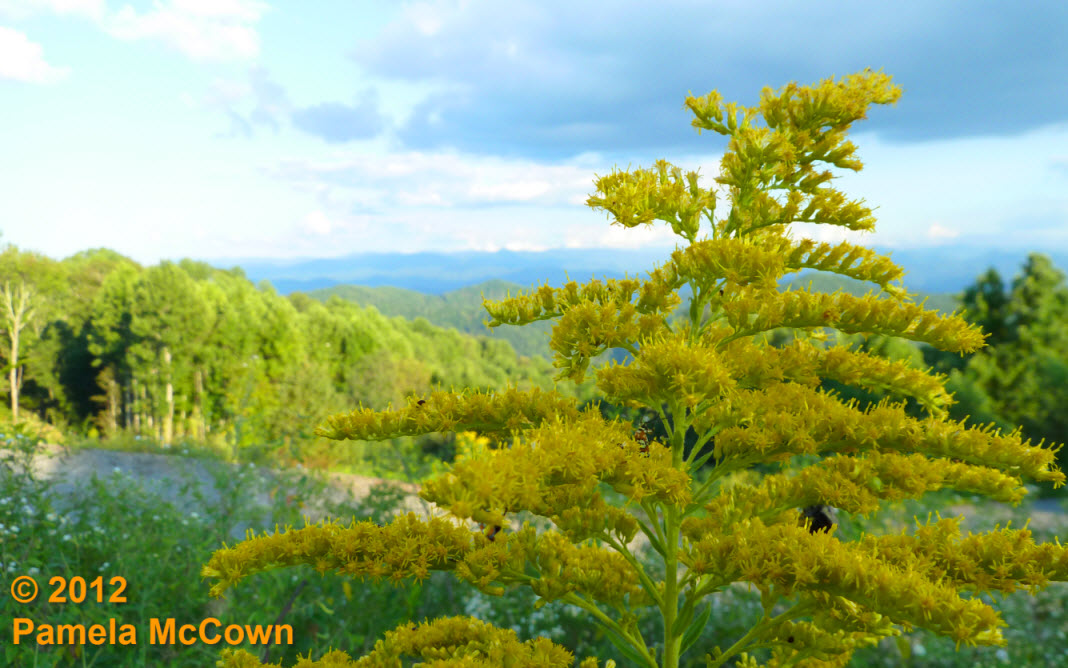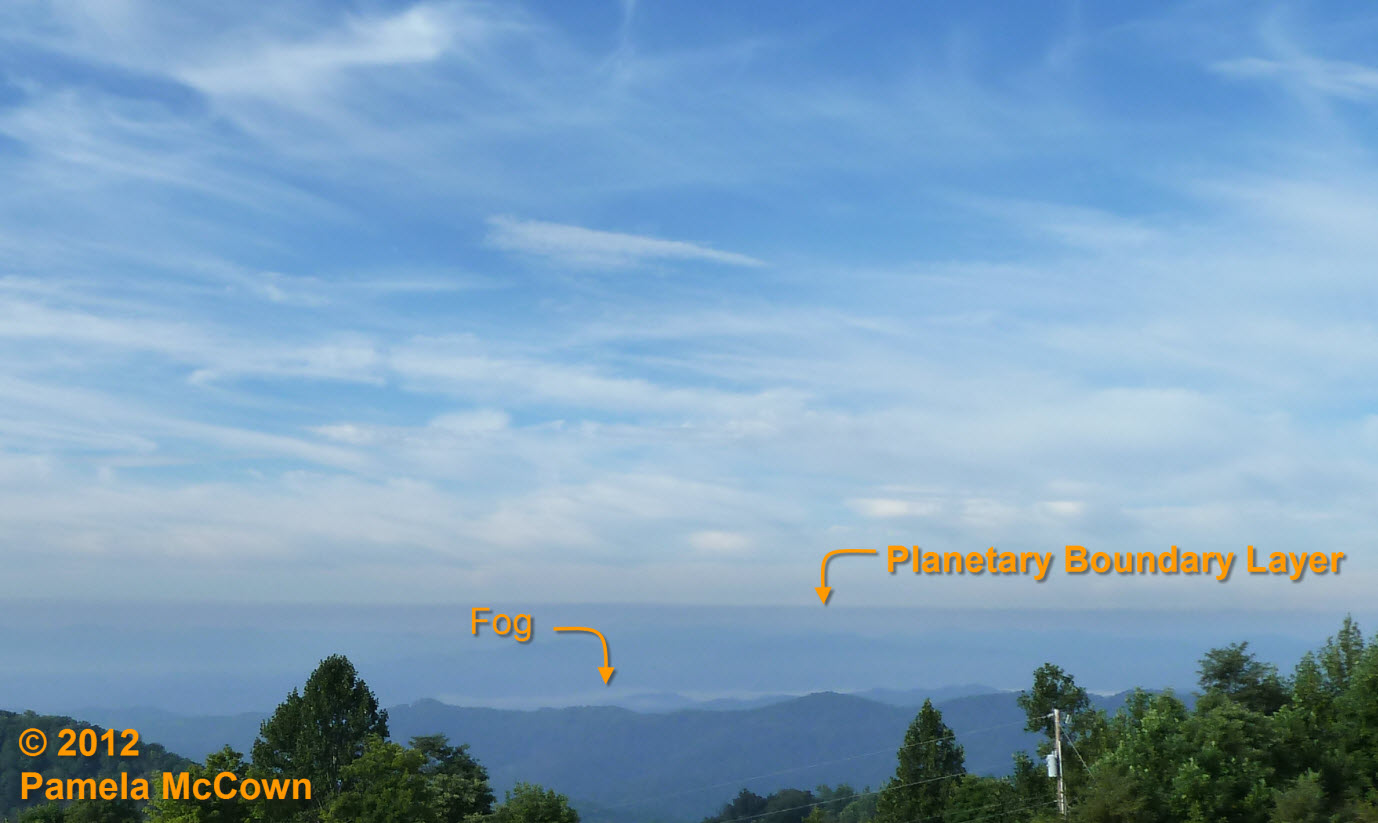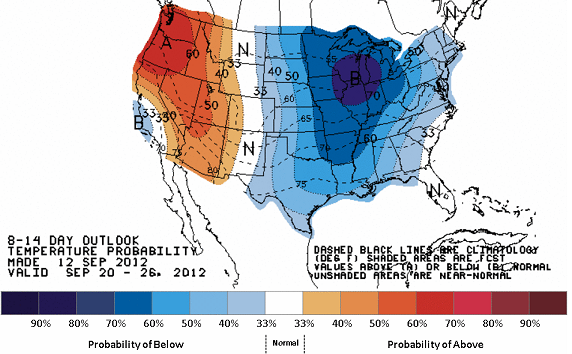From the Institute for Climate Education at A-B Tech: The bright yellows of Goldenrod are now plentiful in fields and along roadways in Western North Carolina; last weekend’s cold front brought cooler and drier air into the region; and you may have noticed that some of the leaves on the trees are beginning to lose their deep green color. These first signs of the coming autumn are a welcome sight to many of us who claim fall to be our favorite season. (Just don’t remind me that the vivid colors of fall are all too quickly followed by winter!)

The autumnal equinox, the official beginning of fall, is still about a week away, but deciduous trees and shrubs across the region are beginning to respond to the decreasing hours of daylight by slowing down the production of chlorophyll. Chlorophyll is what gives leaves their green color, and you can see the darker greens of summer being replaced by lighter greens as the trees begin the annual process that will eventually lead to the dropping of their leaves.

Another sign of the change — the stratification (layering) of the atmosphere that was visible over the French Broad River Valley Thursday morning. In the image above, you can see the fog that had developed overnight across much of the valley, the result of calm winds and air that cooled to the point of saturation overnight. But you can also see the Planetary Boundary Layer (PBL) as the dark layer above the fog. If you’d like to learn more about the PBL — see the Fun facts email here dated August 31, 2011.
As we are nearing the autumnal equinox, the Northern Hemisphere is receiving less direct energy from the sun. One of the effects of this is that it takes longer for the sun to heat up the ground and this reduces the mixing of the air close to the surface — making the fog hang on a little longer and occasionally making the PBL visible from higher elevations, as it did this morning.
We are expecting another cold front to move into the region this weekend, and the Climate Prediction Center is forecasting below average temperatures to continue for much of the Central and Eastern U.S. through the last week of this month, as indicated by the blue colors in the image below.

Image Credit: NOAA’s National Weather Service Climate Prediction Center
If this forecast holds — it could help to set Western North Carolina up for a vivid display of fall colors. Now that we’ve had a good growing season with no extended periods of drought, a period of cool nights and mild sunny days will help to develop great color in the fall.




Before you comment
The comments section is here to provide a platform for civil dialogue on the issues we face together as a local community. Xpress is committed to offering this platform for all voices, but when the tone of the discussion gets nasty or strays off topic, we believe many people choose not to participate. Xpress editors are determined to moderate comments to ensure a constructive interchange is maintained. All comments judged not to be in keeping with the spirit of civil discourse will be removed and repeat violators will be banned. See here for our terms of service. Thank you for being part of this effort to promote respectful discussion.